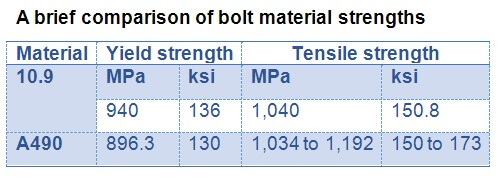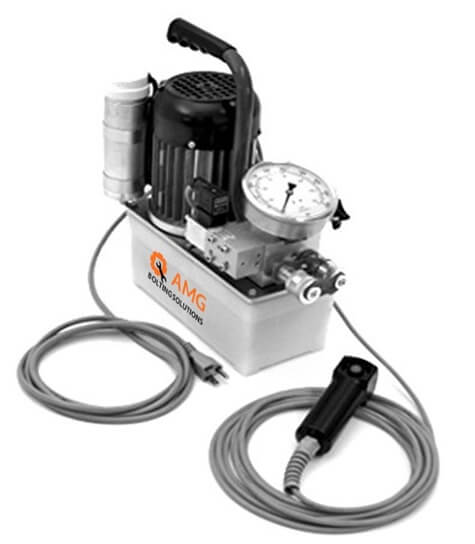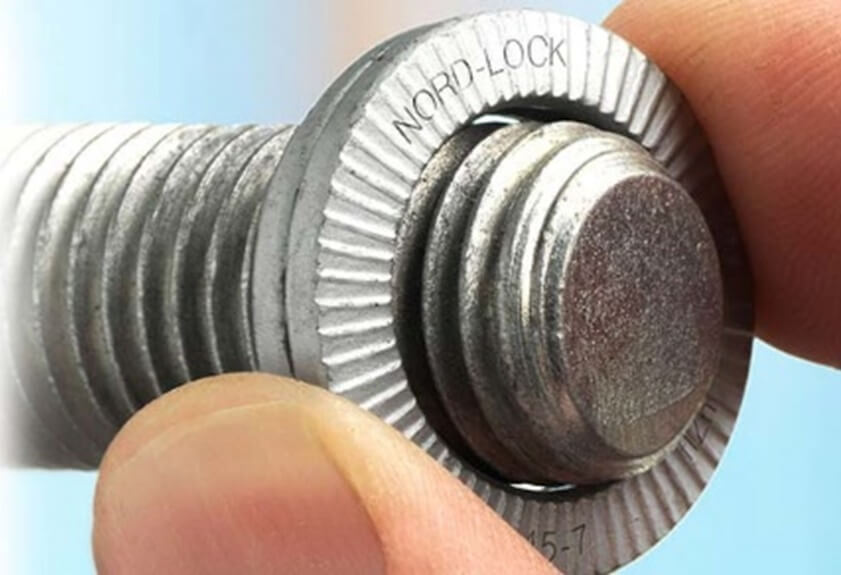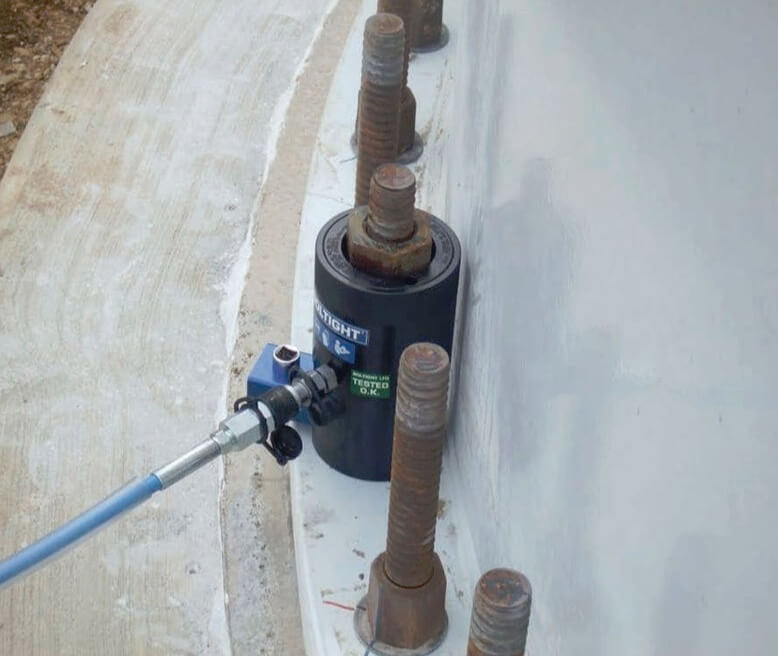Alan Gross, President of AMG Bolting Solutions
As the wind industry grows and turbines are built larger, safety issues grow right along with them. One way to make turbines safer to work around is to lighten the weight of components and construction tools that assemble them.
In 2013, Windpower Engineering & Development magazine, wrote about a company called Victrex whose (polyaryletherketone) peek polymers are “said to be a good choice when replacing (some) metal wind-turbine components.” The logic is simple: “the high-performance and light-weight material allows up to a 70% weight reduction,” for some parts [Source: https://www.windpowerengineering.com/design/materials/light-weight-tradeoff-polymer-for-steel/]
Light weight for the wind industry
Light-weight components have helped advance turbine technology and this has led to a more reliable and cost-efficient industry. Light-weight tools and components required for the maintenance of wind farms also enhances safety, which is a growing concern during the assembly of wind turbines. For example, the UK’s Caithness Windfarm Information Forum of 2015 highlighted a steady increase in wind farm accidents. [See complete report]
 Companies such as Victrex and AMG Bolting Solutions have taken inspiration from the global shifts in power generation without losing a focus on safety. In a recent blog post, we stated, “While it is important to make lighter weight hydraulic and pneumatic torque-wrench tools to improve ergonomics, it is critical to make light-weight ancillary products such as hydraulic torque pumps and swivel-friendly hoses to help save lives.” The comments continued: “Along with fall protection, you need fall prevention.”
Companies such as Victrex and AMG Bolting Solutions have taken inspiration from the global shifts in power generation without losing a focus on safety. In a recent blog post, we stated, “While it is important to make lighter weight hydraulic and pneumatic torque-wrench tools to improve ergonomics, it is critical to make light-weight ancillary products such as hydraulic torque pumps and swivel-friendly hoses to help save lives.” The comments continued: “Along with fall protection, you need fall prevention.”
Sadly, fasteners are given little attention in the wind industry. A faulty or improper installation, or both, can lead to major costs and safety risks.
Lighter-weight bolts (they do exist) are easier to install and maintain, and they reduce the stresses placed on the integrity of bolted joints. But here is the problem: There are no required North American codes for structural-steel connections to correctly install wind turbines with metric bolts, and the codes that do exist are solely written for bolts up to 1.5-in. diameter.
Considering that wind turbines require flange splice bolts of M36, M42, M48, and M64 diameter with Grade 10.9, and other segments of a wind turbines and yaw foundations required M100 bolts for installation, no code essentially means – “Houston, we have a problem.” 
This is especially challenging in the wind industry, because bolted connections on a wind turbine are exposed to extreme vibrations and dynamic loads.

The Torc Dynamic focuses on safety by providing a light-weight hydraulic torque pump that improves the ergonomics of using hydraulic torque wrenches.
Matters get worse according to Kulak’s, Fisher’s, and Struik’s, “Guide to Design Criteria for Bolted and Riveted Joints,” (2nd edition: John Wiley, 1987) [Read the , “Our research found repeated installation of A490 bolts [whose property class is similar to 10.9] achieved the required tension upon initial installation, and one cycle of re-tightening.”
Although the wind industry has strict requirements for annual torque checks on bolts, the study also showed that after repeated tightening, the same bolts showed a sharp decline of induced tension. Fortunately, a group of companies have found an answer.
Light-weight innovations, synergistic solutions

Nord Lock washers are part of the Dokka Fasteners No-need-for-retightening kit. When properly applied, the washers keep bolts on wind turbines accurately tightened.
Dokka Fasteners has been serving the wind industry for over 30 years. It has developed heavy-duty, yet light-weight bolts for every section of a wind turbine that requires “large bolts.” Furthermore, Nord-Lock, a 100-year old manufacturer, produces specialty washers. In 2014, the two companies teamed up to create an innovative, “No Need For Re-Tightening” [NNFR] kit.
The idea is simple, a wedge washer keeps a bolt from slipping over time as long as the bolt stud and nut are lubricated, and accurately torqued and tensioned. The NNFR kit includes pre-lubricated Dokka Fasteners bolts, Nord-Lock wedge washers, and tips on what to tighten with a hydraulic torque wrench versus what requires a bolt tensioner.

A bolt tensioner pulls the bolt while another tool (just visible above the hydraulic hose) gently tightens the nut.
For example, you can use a hydraulic torque wrench such as the TTX Square Drive Series on sections of a wind tower such as the nacelle where torque, not pre-load tension is required.
Meanwhile, the kit suggests using Boltight tensioners on areas with wind-turbine base bolts, where stretching the bolt stud is the best practice.
Innovation in light-weight components and fastening tools are contributing to the success the wind industry is experiencing. With a future focus on mass storage technology, and increased vigilance toward personnel safety, wind power can contribute to what some would say is part of “Making America Great Again.”
Filed Under: News





